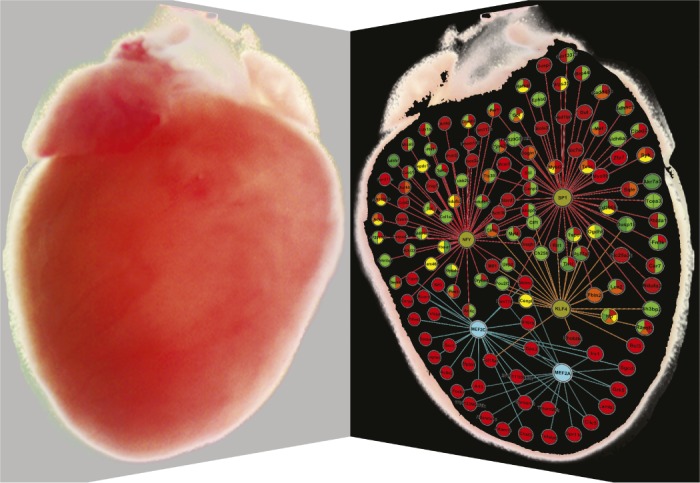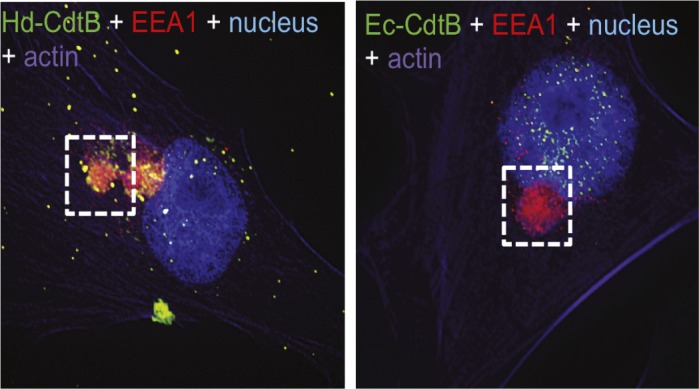How Chinese workers transported stones to build Forbidden City

Workers likely slid massive stones, such as this 300-ton marble carving in front of the Hall of Supreme Harmony in the Forbidden City, Beijing, China, along artificial ice paths.
Chinese civilization developed wheeled vehicles around 1500 B.C. Yet 3,000 years later, workers in China still moved heavy stones by dragging them along an icy path. To assess the advantages of this laborious method, Jiang Li et al. (pp. 20023–20027) translated a 500-year-old document that described the transport of a 120-ton stone over an artificial ice path in the winter of 1557 A.D. The stone was transported to China’s Forbidden City from a quarry more than 70 km away, and workers dug wells every 1/2 km to obtain water to pour on the ice, which reduced the coefficient of friction between the sledge and the ice path. The authors calculated that a work force of fewer than 50 men was sufficient to pull the sledge over lubricated ice, whereas pulling the same load over bare ground would have required more than 1,500 men. Considering climatic conditions in mid-16th century Beijing, the authors determined that the sledge could have moved fast enough—around 8 cm per second— to slide over the lubricating water film before the water froze. According to the document, workers preferred transporting the stones on the smooth, flat ice surface rather than through a bumpy ride on a wheeled cart. Because quarrying the stone was an expensive undertaking, the workers likely sought to avoid any damage to the stone, the authors suggest. — P.G.
Projectile penetration via deformation of target
Projectiles that impact ceramic surfaces, such as some types of body armor, display an intriguing behavior. At certain impact velocities, the projectile may stay on the surface of the ceramic for a time before penetrating the armor—a phenomenon called dwell. Tobias Uth and Vikram Deshpande (pp. 20028–20033) investigated the mechanisms of dwell by directing a jet of water into a translucent gel block. Upon first impacting the block, the water jet spread out horizontally across the block’s surface. But over time, deformation of the gel block created a dimple in its surface, altering the backflow pattern of the water jet. As the dimple deepened, the backflow pattern increased the surface force of the water jet, eventually allowing the jet to penetrate the gel block. By demonstrating dwell in a nonbrittle block, the authors suggest that the phenomenon is not strictly due to brittle cracking in ceramic targets. In additional experiments, the authors attempted to penetrate the gel block with a steel rod under a constant pressure. Unlike the fluid water jet, the steel rod did not experience backflow or dwell, suggesting that dwell is a result of fluid–surface interactions applicable to most deformable media, according to the authors. — P.G.
Uncovering epigenetic patterns in heart disease

Transcription network of genes regulated by histone markers in cardiac hypertrophy.
A common feature of heart failure is cardiac hypertrophy, a response to stress during which cells of the myocardium, which lines the heart wall, shift to a fetal pattern of gene expression. Although methylation and acetylation of histones figure among the epigenetic changes that regulate gene expression in cardiac hypertrophy, the target genes have not been determined. Roberto Papait et al. (pp. 20164–20169) analyzed the chromosomal distribution of histone modifications in myocardial cells from stressed mice to derive a pattern of epigenetic changes associated with cardiac hypertrophy. The authors performed a surgical procedure called transverse aortic constriction (TAC) to induce cardiac hypertrophy, followed by chromosome immunoprecipitation and sequencing, using antibodies specific to seven different types of histone H3 modifications. Following TAC, 596 gene promoters displayed both altered histone marks and changes in gene expression. The authors identified two main gene clusters based on up- or downregulation by TAC, with distinct epigenetic profiles characterizing each cluster. The authors also identified a population of putative enhancers, or regulatory genetic elements, that demonstrated altered patterns of both histone marks and neighboring gene expression following TAC. Over 50% of these enhancers have binding motifs for a pair of transcription factors that promote gene expression in cardiac hypertrophy. The association of particular epigenetic profiles with cardiac hypertrophy provides a basis for understanding cardiovascular disease, according to the authors. — C.B.
Housing temperature might influence tumor growth in lab mice

Lab mice huddling in a cage.
Mice naturally seek warm nesting environments to minimize energy expenditure on heat-generating metabolic activity, and healthy mice are known to prefer ambient temperatures of 30–31 °C. Yet lab mice in most animal facilities are housed within a temperature range of 20–26 °C, partly to increase technicians’ comfort and reduce the need for cage cleaning. Though the lower-than-optimal temperature results in mild cold stress, lab mice typically maintain normal body temperature. To determine whether the temperature discrepancy might influence disease course, Kathleen Kokolus et al. (pp. 20176–20181) compared tumor formation, growth rate, and metastasis in several common mouse models of cancer that were housed at 22–23 °C or at 30–31 °C. The authors report that four different kinds of transplanted tumors grew slower in mice housed at 30 °C than in mice housed at 22 °C, even though both groups of mice maintained normal body temperature. Similarly, a carcinogen-triggered tumor and metastasis of an implanted mammary tumor to the lungs were better controlled in mice housed at the higher temperature. The authors report that the improved control of tumor growth at 30 °C was likely mediated by a corresponding boost to the adaptive immune response, as evidenced by a rise in killer T lymphocytes within tumors and a drop in immuno-suppressive cells. Because cold stress can divert energy toward heat production and suppress anticancer immune responses, ambient temperature might influence the response of lab mice to experimental cancer immunotherapy, the authors suggest. — P.N.
Postmenopausal hormone levels, cognition, and mood changes
Hormonal changes following menopause potentially affect cognitive function, mood, and physiological processes linked to late-life disorders such as Alzheimer’s disease. Although previous studies have sought associations between serum concentrations of sex steroids and postmenopause cognition, the findings have proven inconsistent. Victor Henderson et al. (pp. 20290–20295) assembled a cohort of 643 healthy postmenopausal women who were not using hormone therapy, grouped as either fewer than 6 years or more than 10 years past menopause. After administering a battery of neuropsychological tests and assessing the women for depression, the authors measured serum concentrations of estradiol, estrone, progesterone, and testosterone. The authors report that with one exception—progesterone—hormone concentrations were not significantly related to verbal memory, executive function, global cognition, or mood in either the early or late menopause groups. In the early menopause group, however, progesterone levels were positively associated with memory and global cognition, a previously unreported finding that merits further research. The findings address the link between physiological concentrations of sex steroids after menopause, cognition, and mood, according to the authors. — T.J.
Inhibiting the intracellular transport of toxins and viruses

EGA, a selective inhibitor of endosomal trafficking, blocks nuclear localization of a toxin (green) that traffics through acidified endosomes (Left), but not a toxin that enters independent of acidified endosomes (Right).
To exert their biological effects, many pathogenic microorganisms and toxins must enter host cells. One commonly used cellular entry mechanism exploits the host cell’s machinery for internalizing and transporting molecules from the plasma membrane inside membrane-bounded compartments, a process known as endosomal trafficking. To identify inhibitors of endosomal trafficking, Eugene Gillespie et al. (pp. E4904–E4912) screened a library of 30,000 small molecules for compounds that block cellular entry of anthrax lethal toxin (LT), which is secreted by Bacillus anthracis, the causative agent of anthrax. The authors report that the most potent compound identified in the screen, dubbed EGA, prevented LT-induced cell death and blocked cellular entry of LT and several other bacterial toxins and viruses—including the human pathogens influenza virus and lymphocytic choriomeningitis virus—that are known to be transported inside acidic endosomes. By contrast, EGA did not block other vesicular trafficking events, including phagocytosis, endosomal uptake, and recycling of endosomes back to the plasma membrane. According to the authors, EGA may prove useful for studying the molecular mechanisms of vesicular trafficking, and could be developed further for use as a therapeutic agent to treat bacterial and viral diseases. — N.Z.


